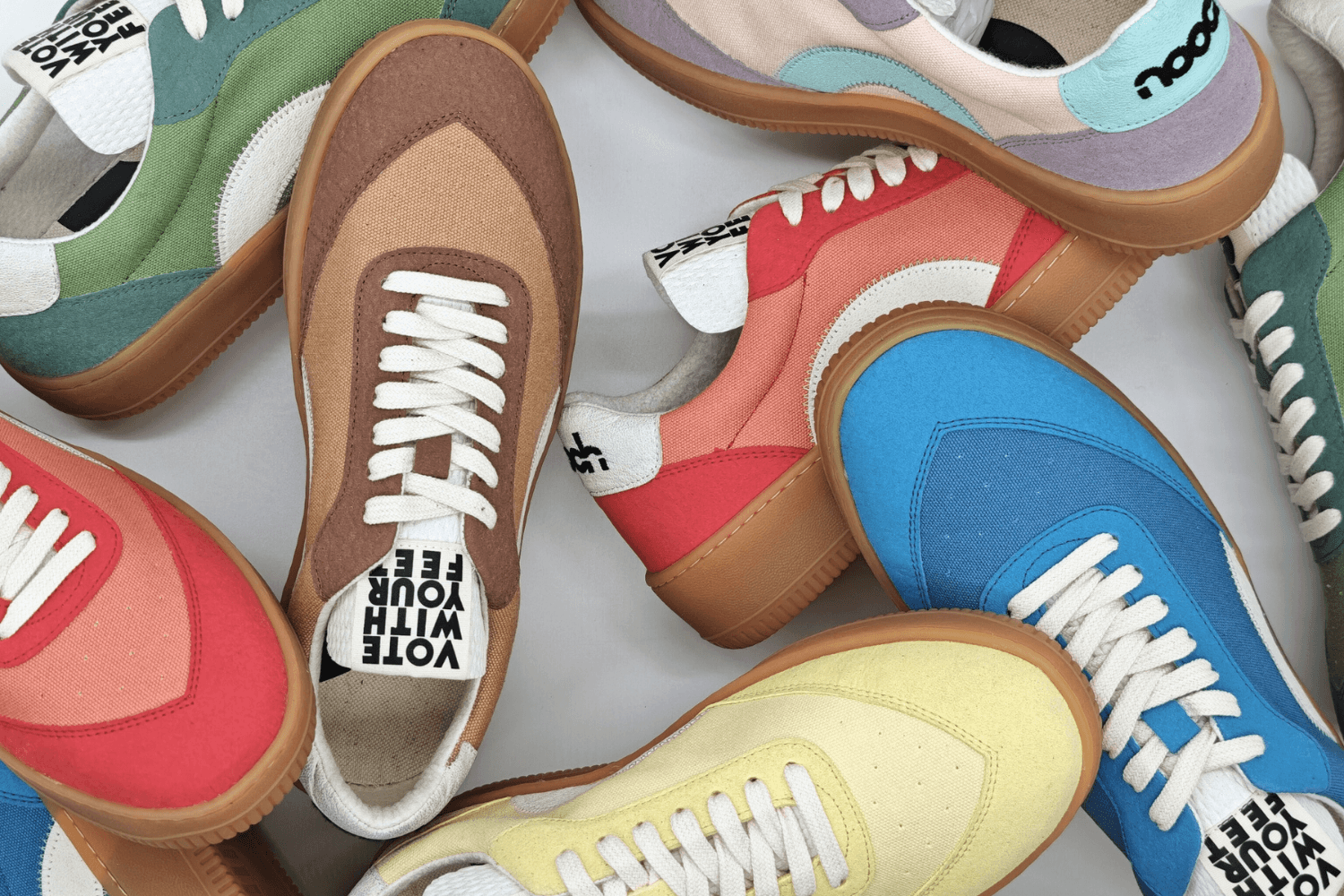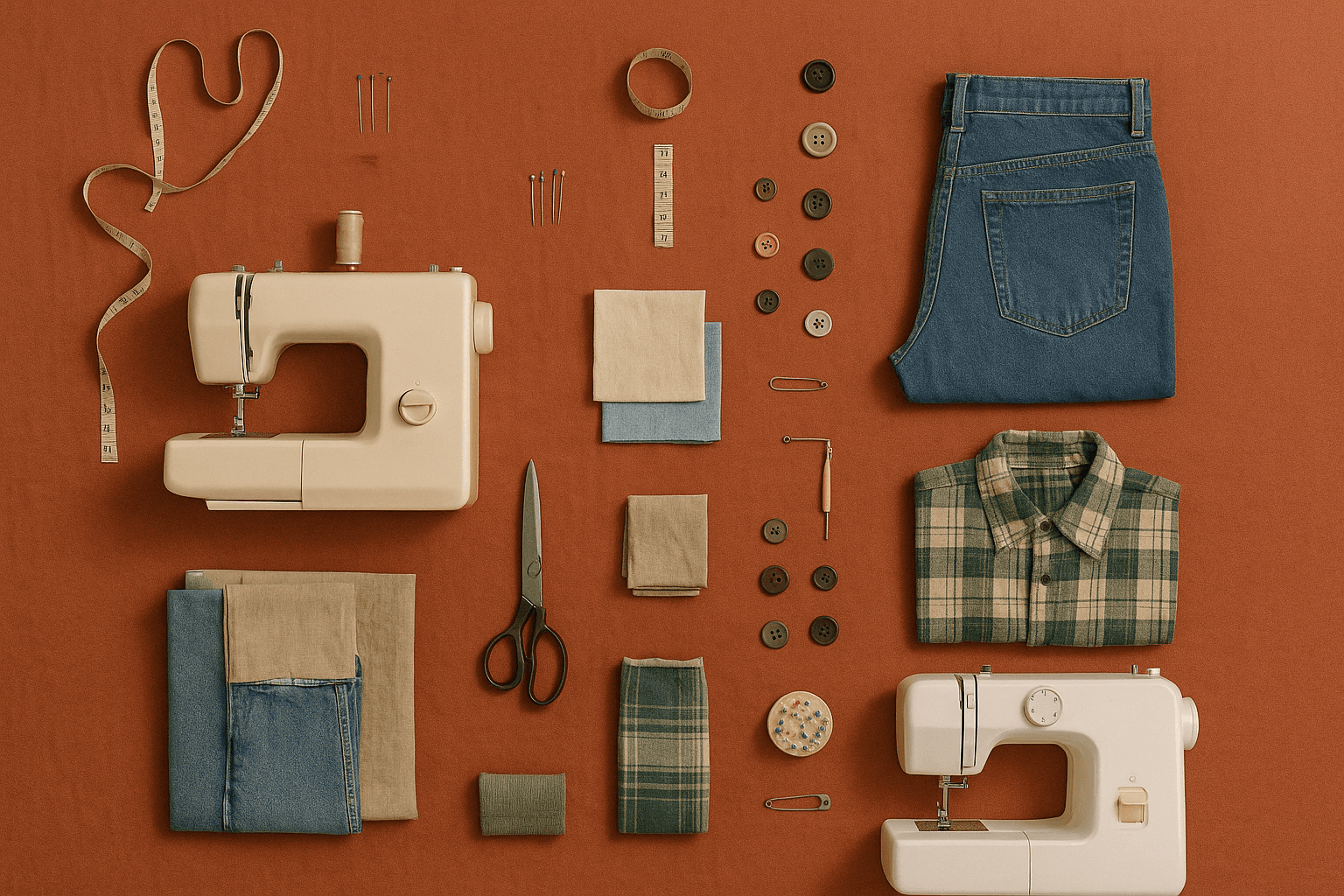Reduce, Reuse, Rewear
When we talk about sustainable living, most people jump straight to recycling. Fair enough, it’s the big R we hear about the most. But here’s the truth: recycling is the last resort. Before we recycle, we should be reducing and reusing.
If you’ve been following us for a while, you know that one of the biggest issues with shoes is that most of them can't be recycled at all. So yeah, it would be great if we could just toss our old sneakers into a blue bin and call it a day, but that’s not how it works. The more realistic solution? Make footwear that doesn’t need to be replaced every season.
And that’s where Blundstone comes in.
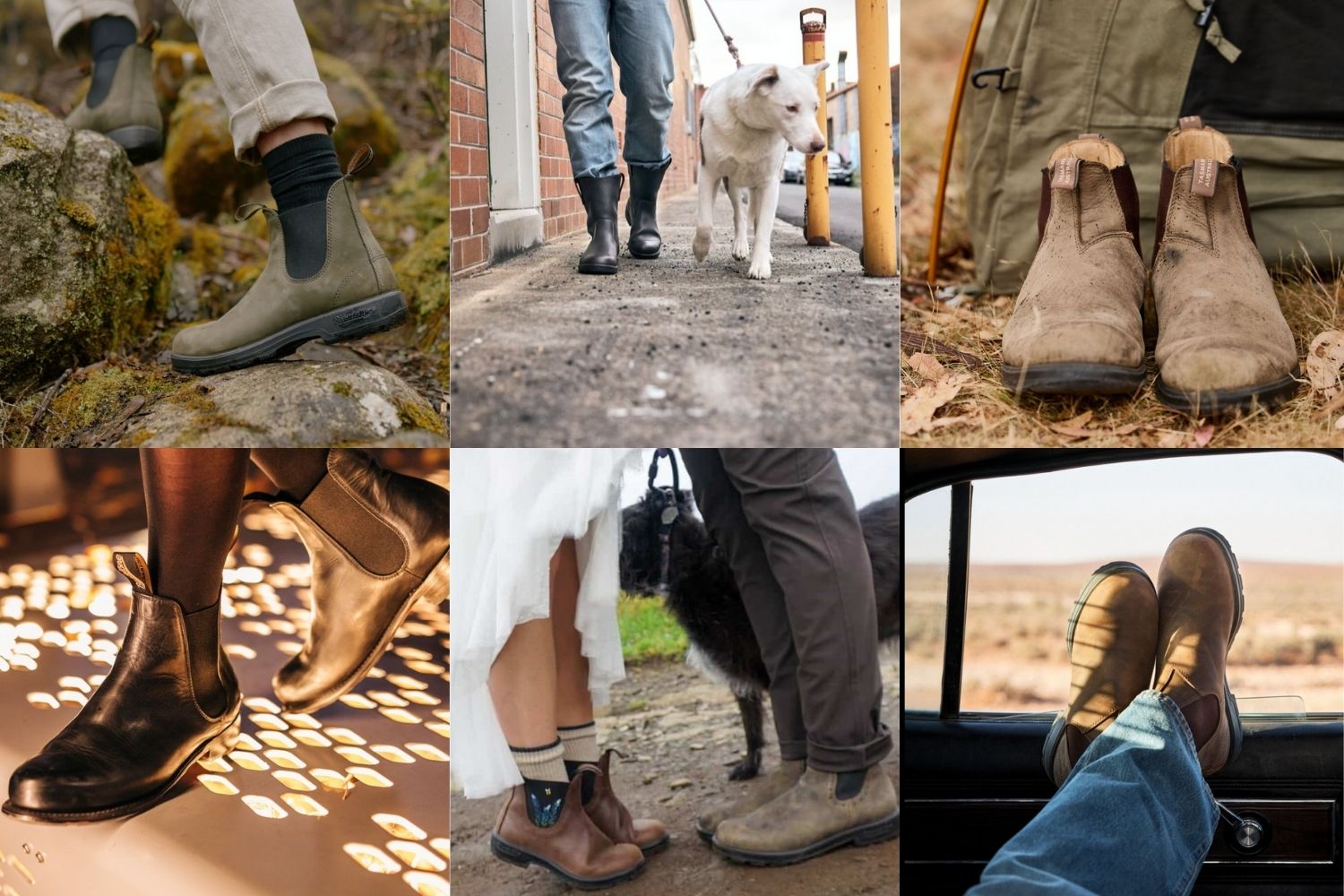 Source: @blundstone
Source: @blundstone
Why Blundstone?
Let’s cut to the chase: Blundstones are all about longevity. Are they cheap? No. Are they recyclable? Not really. But here's the deal: they’re made to last. One pair can stick with you for years, and they’re built to be reworn, resoled, and re-loved over and over again.
Still sceptical? Let’s break it down.
Are They an Investment?
At around €200 a pair, these boots aren’t an impulse buy. But here's the catch — according to long-time users, Blundstones last anywhere from 2 to 7 years, and with proper care, even longer. So when you think about cost-per-wear, they actually make a lot of financial sense.
So how do they hold up for so long?
It comes down to two things:
1. Materials
Blundstones are made with premium leather that's both tough and flexible. Most models use water-resistant or weatherproof leather, paired with a sturdy rubber sole that can take a beating. Many styles also have a removable footbed, which you can replace as it wears out, adding even more life to the boots.
2. Design
No laces. No fluff. Just clean, simple construction that doesn't fall apart. The iconic pull-on style with elastic sides means fewer parts that can break or wear down. They’re designed for everyday use: walking, working, travelling, and the design hasn’t changed much in decades because, honestly, it doesn’t need to.
A Quick History Lesson (Don’t Worry, It’s Interesting)
Blundstone was born in Tasmania, Australia, way back in 1870. Yep. These boots have been kicking around for over 150 years. Originally built for workers who needed something tough enough to handle the harsh Aussie conditions, Blundstones quickly earned a reputation for being nearly indestructible.
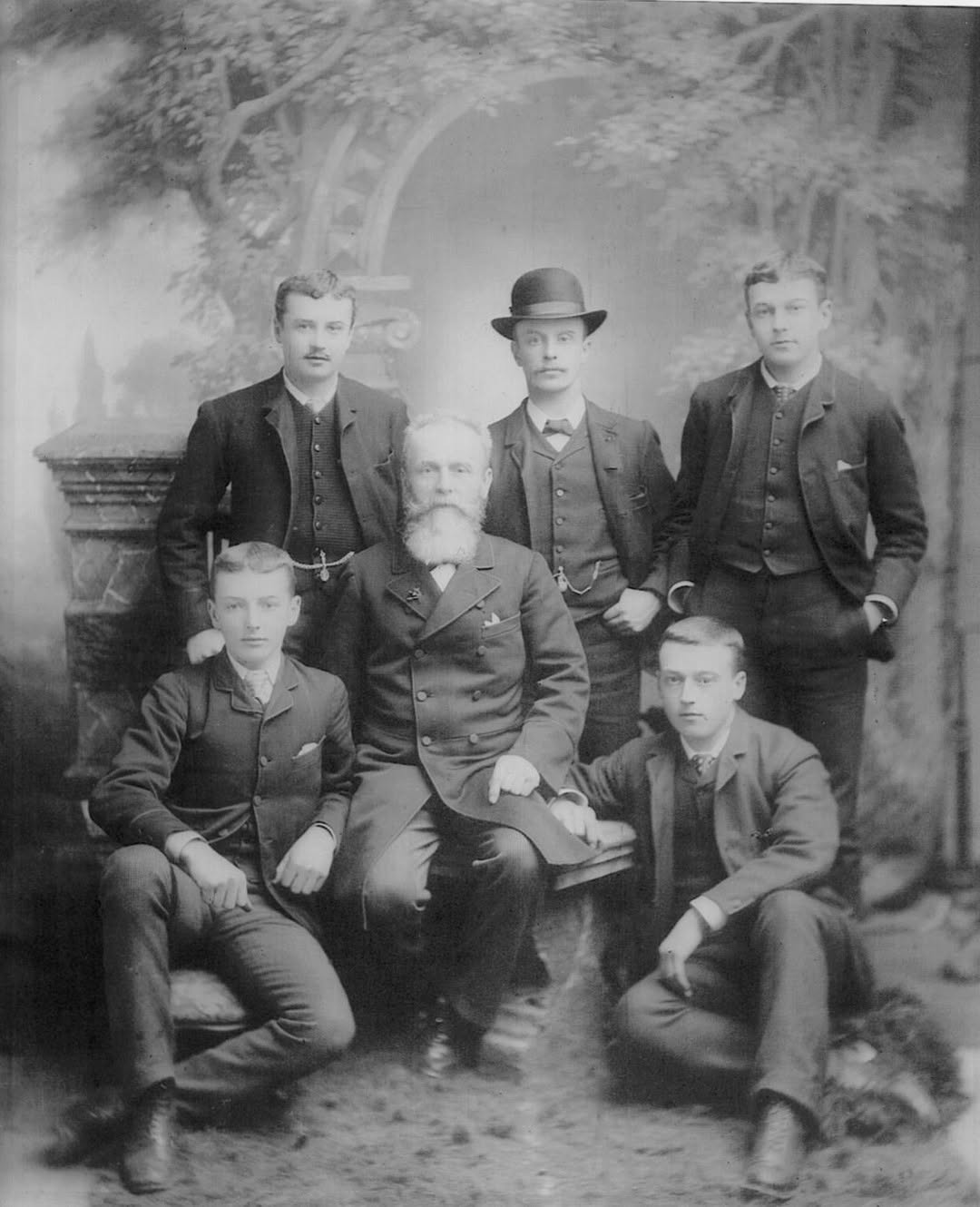 The Cuthbertsons—the Tasmanian family who still own and cherish the Blundstone brand today, source: @blundstone
The Cuthbertsons—the Tasmanian family who still own and cherish the Blundstone brand today, source: @blundstone
Fast forward to today, and they've gone from farmyards to fashion shows. What started as rugged workwear is now a global cult favourite — spotted on city streets, music festivals, and everywhere in between. And the best part? They haven’t really changed much. Because when something works, you don’t mess with it.
So, Why Get Them?
Beyond the durability and eco-friendlier wear cycle, Blundstones are just a solid style move.
They walk the line between casual and put-together. Dressier than sneakers, more versatile than oxfords. You can wear them with jeans, pants, skirts, even dresses — just Google Blundstone outfit ideas and you’ll see everything from rugged outdoor looks to street-style fits.
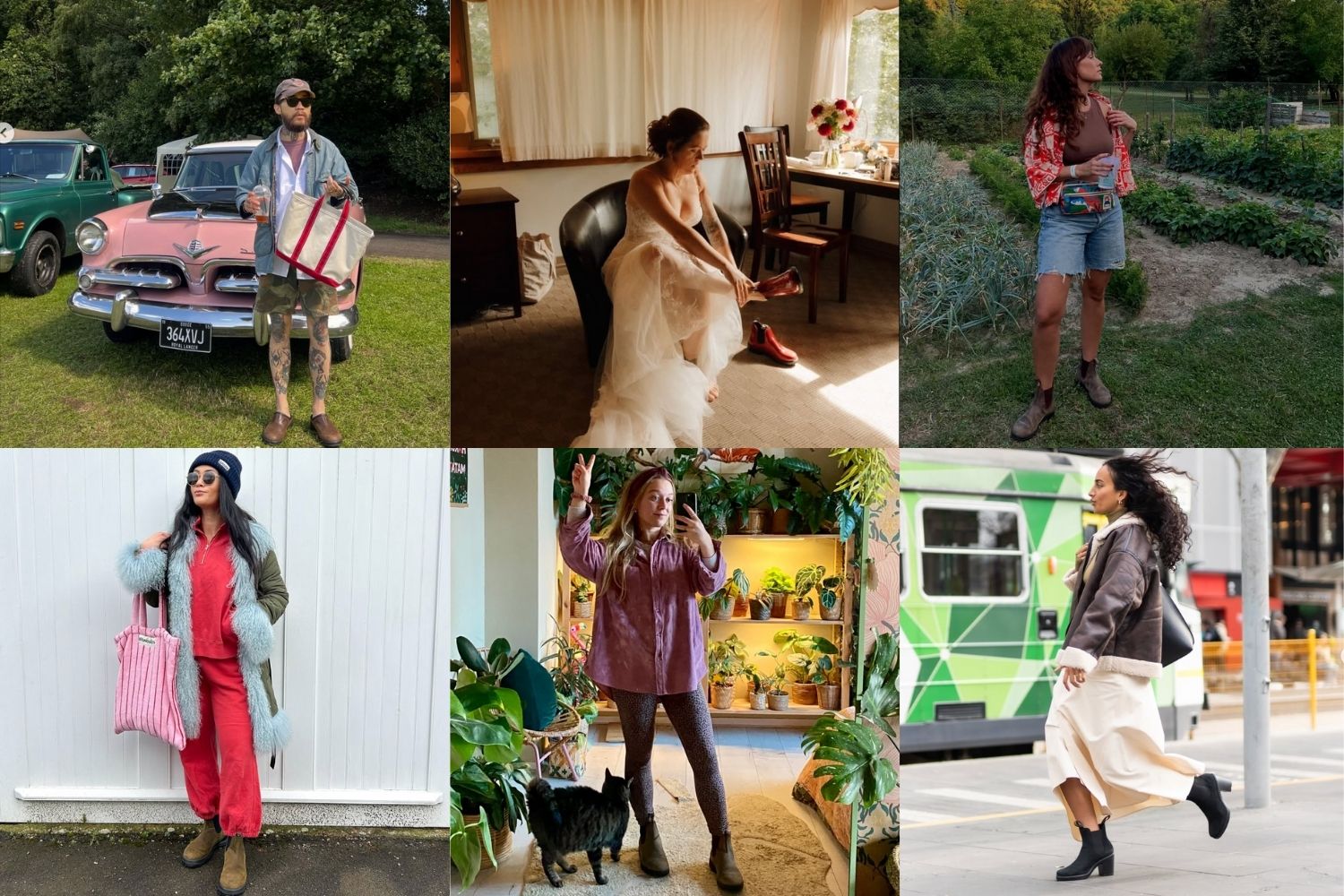 Source: @blundstone
Source: @blundstone
They're especially great if you're trying to minimise your wardrobe or build a more intentional one. One solid pair can replace a bunch of shoes you rarely wear.
Plus, they're comfortable. Once you break them in, they’re the kind of boots you forget you’re even wearing.
How long do Blundstones actually last?
With regular wear and proper care, they can last anywhere from 2 to 7 years, sometimes longer. They're built for the long haul.
Can you style Blundstones with dresses or more formal outfits?
Totally. They're surprisingly versatile, you’ll find outfit inspo ranging from rugged streetwear to tailored and chic looks.
Can Blundstones be resoled or repaired?
Some models can be resoled depending on where you take them. The leather can also be conditioned and refreshed, making them easier to maintain.


